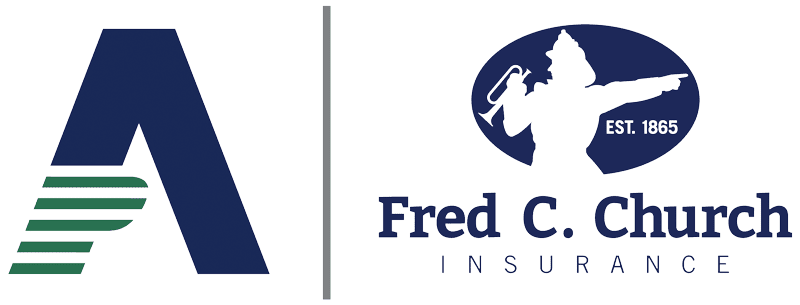Clear communication with families is a critical part of reopening independent schools and may help avoid claims
Independent school leaders are spending most of their time evaluating when and how school will reopen this Fall. At the higher education level, some leaders have described planning for Fall like “Driving Through a Dense Fog.” Until a vaccine for COVID-19 is available and widely used or until there is an effective prophylactic treatment, risk and uncertainty remain the drivers of decision-making. The pandemic continues to be dynamic, and data changes constantly.
The decision about reopening will be guided by public health officials and government regulation. For example, on May 6, 2020, Connecticut Governor Ned Lamont issued a Report of the Higher Education Subcommittee, Reopen Connecticut. The Report focused on reopening higher education in Connecticut but also mentioned “boarding schools” ten times, therefore, the Report has critical relevance for reopening boarding schools in Connecticut and across the country. The Report described the requirement that schools have four plans before reopening and detailed the components of the plans. Having these plans is not only a best practice, but will be a prerequisite to liability immunity that may be forthcoming from the State. Likewise, on May 7, 2020, the American College Health Association issued Guidelines for Considerations for Reopening Institutions of Higher Education in the COVID-19 Era. Those Guidelines also have direct applicability to boarding and day schools. Especially because, as they describe, “the high-touch, highly interactive, mobile, densely populated living and learning environment typical of most campuses is the exemplar of a congregate setting with multiple risk factors for ready transmission of COVID-19.” And, most recently, on May 19, 2020, the CDC posted more detailed guidance for schools called Considerations for Schools. They also posted a Schools Decision Tool “to assist administrators in making (re)opening decisions regarding K-12 schools during the COVID-19 pandemic.”
All of this information and guidance will form the basis of a school’s reopening plan. That plan will have to be communicated to employees and families of the school. It will become part of the reopening process and sets the tone for responsibilities, expectations, entitlements, and even rights. Through clear and intentional communication, schools will compel families to become partners or collaborators in the reopening process. The communication explains the uncertainty and risk that remains; sets reasonable expectations; refers to school plans, contacts, and resources; and requires that families abide by protocols going forward. The families may not be signing a waiver of liability. However, the clarity of communication and the assent to it will act as the equivalent of a waiver because families will have decided to return their child to school, being well aware of the risks and accepting the plan.
The school’s first communication may introduce families to the school’s pandemic response team and link to the plans the school has formulated. The communication may form part of the school’s “COVID-19 RESPONSE” page on the school’s website, and families should be encouraged to visit the site on a regular basis. If the school’s student handbook is on-line, it should be revised to include a section on “COVID-19 PREPAREDNESS AND RESPONSE,” including reference to the school’s website and all critical communication issued by the school. Schools should request that families provide medical information and authorizations for release of medical records so that the school will know if a student or family member has had, been exposed to, or tested for the virus. Families should be informed that all students must be tested before arriving at school and how the school will expect that to be handled. Some schools may insist that for a two-week period before returning to school, students adhere to a series of social distancing protocols, such as wearing masks, practicing personal hygiene, observing six-foot distancing, avoiding large-groups, and not traveling. If so, the communication must be clear about these protocols and require that families acknowledge agreement.
Once students return to school, there are likely to be many risks that the school will have to manage in partnership with families. The school and families must be diligent about monitoring the school community to detect any viral activity. If there is any outbreak, contact tracing must occur. In terms of monitoring and contact tracing, families must be full partners with the school. They must report, and not hide, any potential or real exposure to the virus, and cooperate fully with contact tracing. If the school plans to utilize mobile technology for contact tracing, families must consent and be compliant.
Families must support a plan that limits student movement and travel. For example, some boarding schools may shorten terms, and may not allow students to leave campus, or limit student travel to home. The school communication must be clear and specific about this and require family agreement. Likewise, many schools will not permit outside visitors and will require that families not travel during school breaks. School communication must be clear about these requirements, as well as the impact these policies will have on sports and other school-sponsored activities.
All school plans must account for the potential that the school may have to shut down again and return to distance learning. Communication from the school should be clear about this possibility and also about the plan for distance learning. Schools should describe the advanced technology utilized for distance learning, along with the technology continuing faculty use to provide remote learning content. Higher education is now facing many lawsuits about the quality and cost of distance learning during the pandemic. Part of the problem was the lack of communication from higher education. School communication should address that issue and obtain family agreement to a distance learning contingency, which includes the role they will play. Families should affirm that they will support distance learning by ensuring their child has appropriate internet access, technology, a suitable learning environment, and the supervision to ensure success. Making families partners in distance learning should effectively blunt any critique about the effectiveness of the method.
Finally, families should provide the school with their plans for dealing with another outbreak and school shut-down, including how they will quickly mobilize to be safe and isolate. For boarding schools, plans will include how families should safely arrange their child’s travel home if the school needs to shut down, and travel is interrupted. This can be accomplished by inviting the families to fill out a survey. A survey can be a fairly simple but effective tool for gathering data.
Clear communication with families about school reopening should be an integral part of every school’s planning process. The communication will not only make reopening a more effective process for everyone, but the collaborative approach will be an excellent risk avoidance tool.



